Rubber trim molding is a rubber strip used to cover the edges of car doors, trunks, and hoods. It is typically made from a flexible material such as EPDM or SBR. It is designed to protect the car's metal body from scratches and dents. Rubber trim can also be used on vehicles like trucks and motorcycles and household items like furniture and appliances.
Types of rubber trim molding
1. Neoprene flexible rubber trim: Neoprene flexible rubber trim is a synthetic rubber material commonly used in automotive applications due to its excellent oil, fuel, and weathering resistance. It is also known for its flexibility and durability, making it ideal for use in areas that experience extreme temperatures or harsh conditions. Neoprene rubber trim is commonly used on door seals, window seals, and weatherstripping. 2. Silicone rubber trim: Silicone rubber trim is another popular type used in the automotive industry. It is known for its high-temperature resistance, excellent electrical insulation properties, and resistance to ozone and UV radiation. Silicone rubber trim is commonly used in engine compartments, where it can withstand high temperatures and protect sensitive components from damage. 3. Viton rubber trim: Viton rubber trim is a fluoroelastomer material highly resistant to heat, oil, fuel, and chemicals. It is commonly used in automotive applications where these materials are present, such as in exhaust systems, fuel lines, and valve covers. 4. EPDM window rubber trim: EPDM rubber trim is a synthetic material commonly used in automotive applications. It is also known for its excellent abrasion resistance and flexibility, making it ideal for use in areas that experience extreme temperatures or harsh conditions. EPDM rubber trim is commonly used on door seals, window seals, and weather stripping. 5. Butyl car rubber trim: Butyl rubber trim is a synthetic material commonly used in automotive applications. It is also known for its excellent abrasion resistance and flexibility, making it ideal for use in areas that experience extreme temperatures or harsh conditions. Butyl rubber trim is commonly used on door seals, window seals, and weather stripping.
Uses of rubber trim molding
1. Automotive industry: Rubber trim is widely used in the automotive industry to protect and enhance the appearance of vehicles. It is used on door seals, window seals, and weatherstripping to prevent water, dust, and debris from entering the vehicle's interior. Rubber trim is also used on steering wheels, gear shifters, and other interior components to provide a comfortable and secure grip.
2. Construction industry: Rubber trim is a protective covering for electrical wiring and cables. It is also used as a gasket material to seal doors, windows, and other building openings. Rubber trim is an excellent insulator and can help reduce energy loss by preventing air leaks.
3. Plumbing industry: Rubber trim is commonly used in the plumbing industry as a sealant material to prevent water leaks. It is used to seal joints between pipes, fittings, and fixtures.









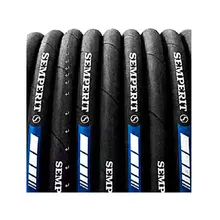
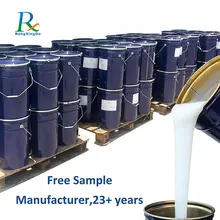







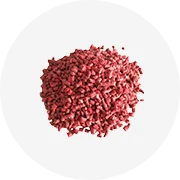
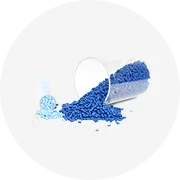
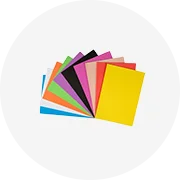
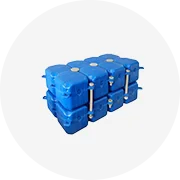
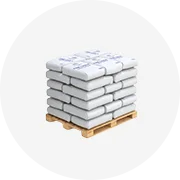

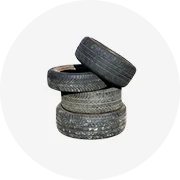
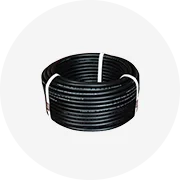

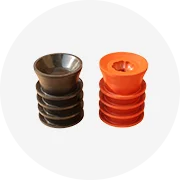








 浙公网安备 33010002000092号
浙公网安备 33010002000092号 浙B2-20120091-4
浙B2-20120091-4